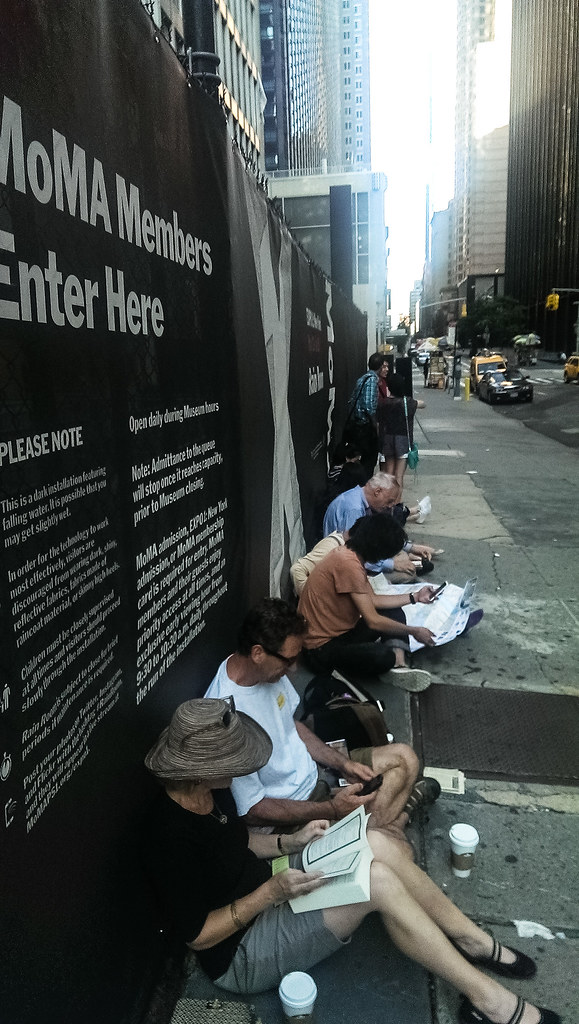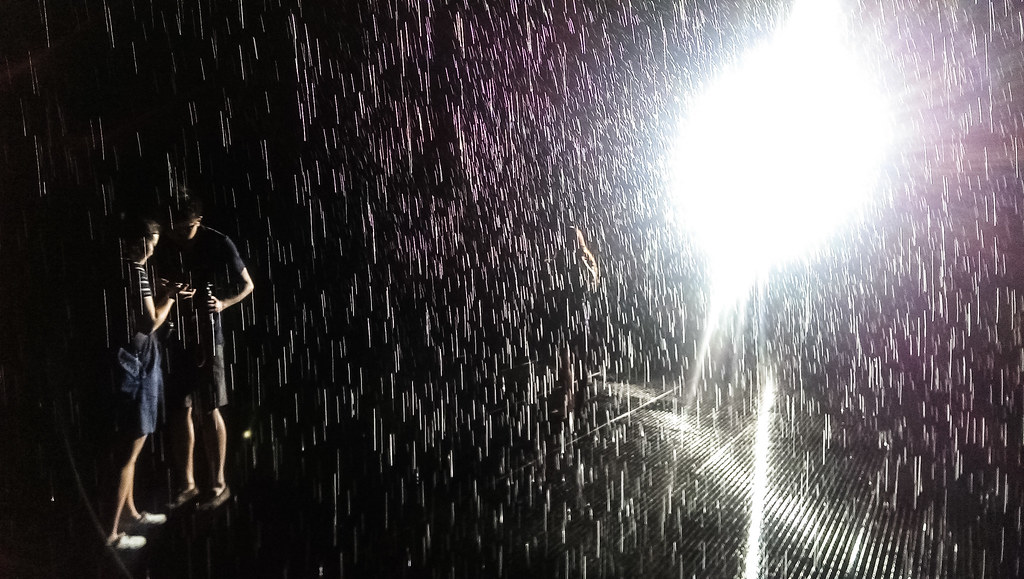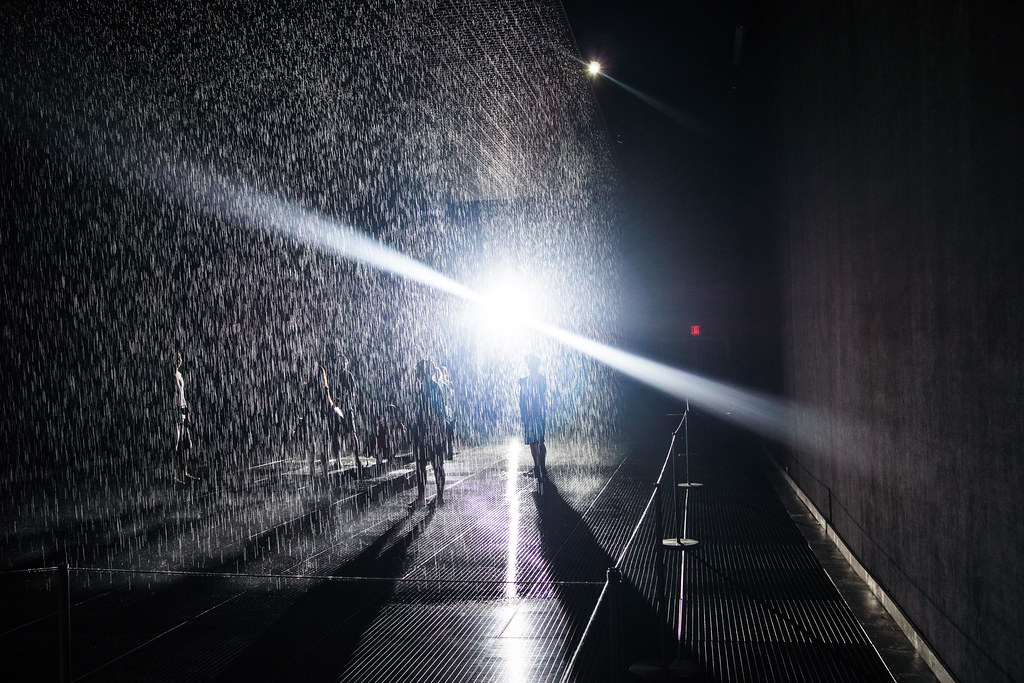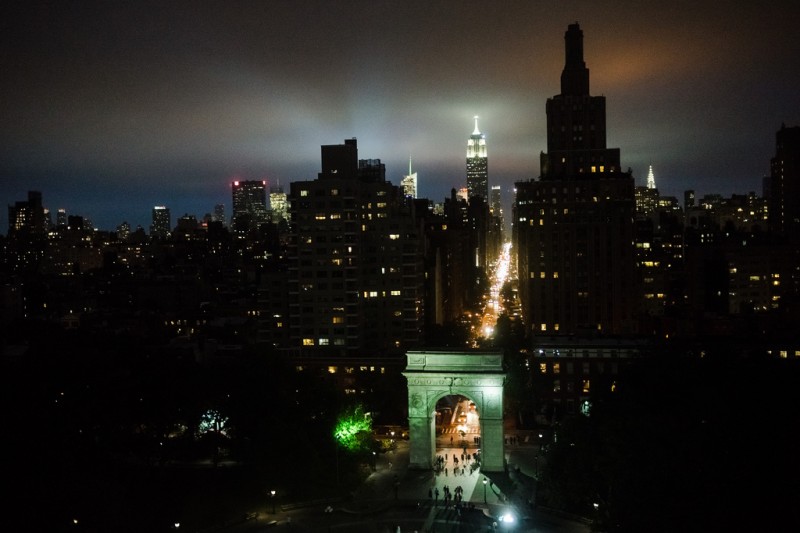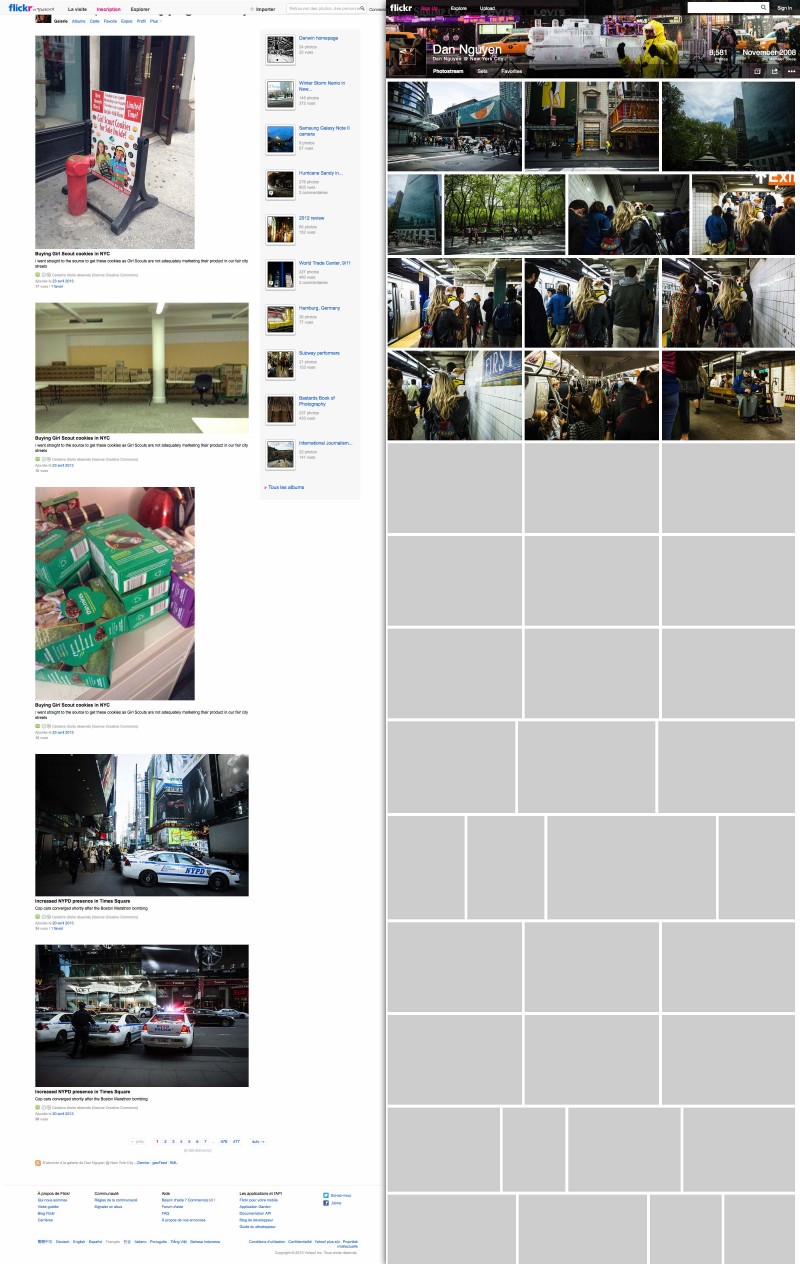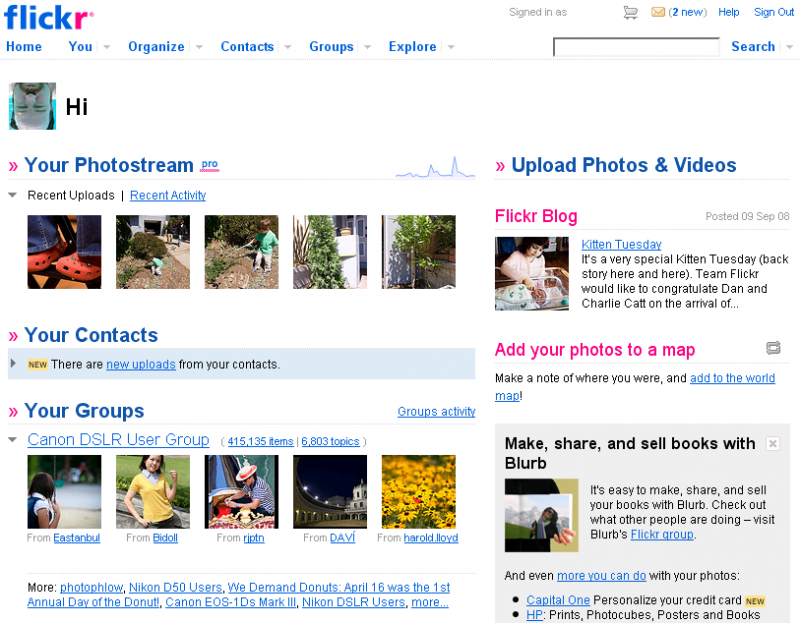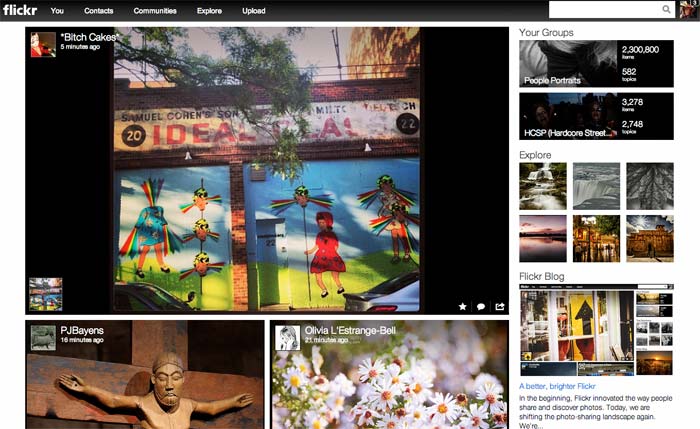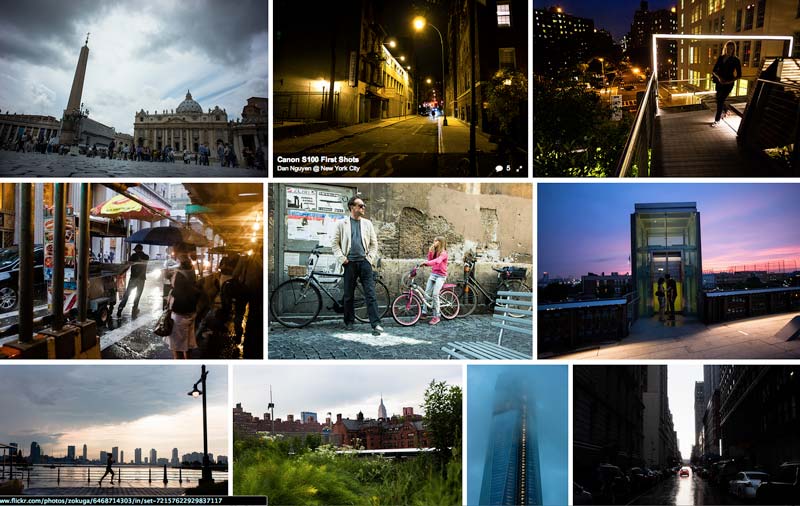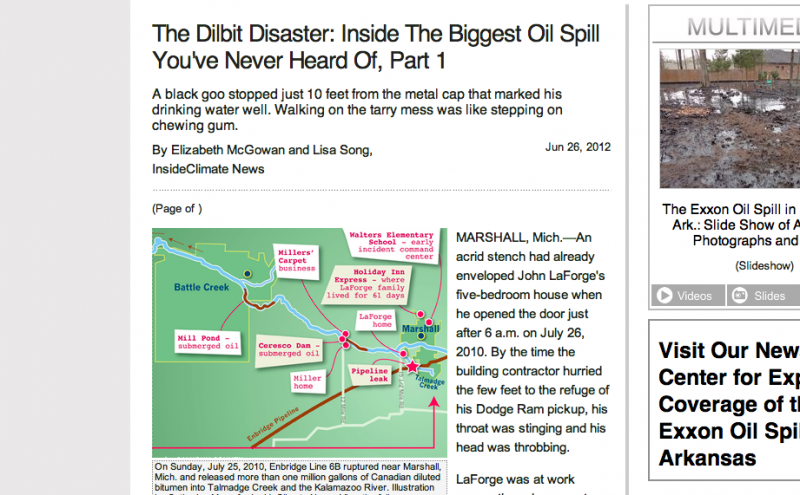Update (7/24/2013) – Confirmed: you will likely never get to see the Rain Room in New York if you haven’t seen it yet. See the table below to see the latest wait times.
Summary I saw the rain room MoMA exhibit. If you are thinking of visiting it, too, be prepared for a long wait, even as a member. Jump to my compiled historical list of approximate wait times.
I finally saw the much-talked about Rain Room – by the art + design + engineering group, rAndom International – at the MoMA this Saturday, and all it took was waking up at around 5:30AM on a Saturday to get in the members-only line at 6:30AM, which is 3 hours before the “members only preview” actually opens. I was first in line, and about 15 minutes later, a couple joined me. They were members too, despite only visiting New York for the weekend, because they had bought memberships just to see the Rain Room. In addition, they also had the (correct) foresight to arrive extremely early, because (non-bribery) money alone was not enough to guarantee a reasonable wait, as the line grew pretty quickly even at 7AM.
If you don’t care for my admittedly lame anecdotal experience, here’s a crowdsourced table of wait times, by date, day of the week, and membership type, according to the MoMA’s Twitter account, a Twitter search for “#rainroom hours”, and other bloggers.
| Wait in hours | Date | Day | Arrival time | Line type |
|---|---|---|---|---|
| 9 | July 23 | Tuesday | 9:10AM | Members |
| (Capacity reached) | July 22 | Monday | 2:30PM | Both |
| (Capacity reached) | July 14 | Sunday | 9:00AM | Both |
| 4.5 | July 12 | Friday | 2:00PM | Members |
| 6.5 | July 12 | Friday | 2:00PM | Non-Members |
| 1.75 | July 8 | Monday | 9:30am | Members |
| 4.5 | July 7 | Sunday | 9:24am | Members |
| 7.5 | July 7 | Sunday | 9:24am | Non-members |
| 3 | July 6 (me) | Saturday | 6:30am | Members |
| 7 | July 5 | Friday | 10:15am | Non-members |
| 4 | July 5 | Friday | 8:30am | Members |
| 6 | June 29 | Saturday | 11:39am | Non-members |
| 4.5 | June 29 | Saturday | 11:39am | Members |
| 7 to 8 | June 28 | Friday | 11:40am | Non-members |
| 3.5 | June 16 | Sunday | 1:30pm | Non-members |
| 4.5 | June 14 | Friday | 12:31pm | Non-members |
| 3.5 | June 14 | Friday | 12:31pm | Members |
| 3 | June 7 | Friday | 8:30am | Non-members |
| 5 | May 22 | Wednesday | 10:30am | Non-members |
| 3 | May 20 | Monday | 2:16PM | Non-members |
| 1 | May 20 | Monday | 2:16PM | Members |
| 6 | May 18 | Saturday | 10:48AM | Non-members |
| 4 | May 18 | Saturday | 10:48AM | Members |
| 5 | May 18 | Saturday | 10:30am | Non-members |
| 3 | May ?? | ?? | 9:30am | Non-members |
| 1.5 | May 14 | Tuesday | 11:38am | Non-members |
| 0.5 | May 14 | Tuesday | 11:38am | Members |
Was it worth it? Well, if you’ve heard and seen what the exhibit is about, don’t expect to experience many startling epiphanies beyond what you can already anticipate (unless you’ve never been around falling water and/or used an umbrella). One of the reasons why the exhibit has such long lines is that it can only accommodate about 10 people at once. More importantly, by mandate of the artists, rAndom International, every visitor is allowed to stay as long as they want so that they can experience the exhibit on their own terms.
However, the MoMA politely urges you to keep your visit at 10 minutes. That was enough for me, even after building up the assholish-level of self-entitlement that comes naturally with waiting in line on Saturdays. Like I said, the Rain Room is what it’s been advertised as: it’s a big dark room where it rains around but not on you. It’s neat in a way that my terrible writing doesn’t quite fully capture, and its core experience stands on its own without eliciting the sneaking suspicion that it’s one of those high brow performance artworks in which the actual artistic value is in how many people it fooled into standing in line for an otherwise mundane experience. But I think I was able to get the full gist of it after 10 minutes…or maybe I just felt guilty about everyone waiting outside in the hot sun.
If you just want to see the exhibit, that is, to stand in the room and watch the people who’ve waited for hours to walk under the rain, there’s a separate, much faster line (a wait of minutes, not hours) for that. But not being under the rainy section kind of misses the point…
The exhibit closes on July 28, about 3 weeks from now, so I imagine lines are just going to get longer.
Note: For the rest of the summer, the MoMA is open until 8PM on Thursdays and Fridays, which gives you a few more hours of accessible time.
Getting in line
This was the line on 54th street at around 7AM, two hours before the exhibit opens (note: bring something to read):
I had tried to see the Rain Room the day before and naively thought that showing up at 8:30am with my membership card (members are allowed in at 9:30; general admission starts at 10:30) would be more than enough preparation. And this was the Fourth of July weekend, when you’d expect most of the MoMA members to have left town, leaving me at the head of the line of non-member tourists. Nope. The members-only line stretched down the block and the wait was at least 4 hours in 90-degree weather. While I was there, I overheard a staff member saying that waiting times had been as long as 9 hours (but I didn’t hear what day or time that was for).
So getting in line at 6:30am on Saturday for a 3-hour wait before the day got hot is actually the sane thing to do.
Other data points
The actual wait time varies by day and time. On July 4, the MoMA tweeted it was 4 hours for members, 5 hours for non-members (just in case you worried you’d miss the fireworks).
Back in June, the MoMA said the line typically reached capacity at 3PM, when the average wait was just 2-3 hours for members. A staff member told me that they’ve now cut the line as early as 1:30PM and that in the Rain Room’s debut in London, the exhibit’s lines would reach capacity even before the exhibit opened.
Update: On July 17, the New York Times noted that on the previous Sunday, the line was shut down at 9 AM (i.e. a half-hour before the exhibit actually opened)
Note: The queues in London were reportedly as long as 12 hours
Blogger Usha Joy wrote about her experience in the general admission line on Saturday, May 18. She said the wait was 5 hours: with just 20 people in front of her in the non-members line, she had to wait two hours to get put into the back of the entrance line, and then from there, 3 more hours to actually enter the exhibit. Now that it’s July, I imagine the time delay is a bit longer.
In late June, the MoMA tweeted that a mistaken blogger had fooled people into thinking that June 28 was the last day, leading to waits of 7 to 8 hours. At that time, the MoMA’s Twitter account also said member waits could be as short as 2 hours, and that Tuesdays were best.
To see a list of dates and purported wait times, here’s a link to the table above.
At about 8:15 they let the line move into the fenced holding area, because it’s already long enough to go down to 6th Avenue (interestingly, the non-members line was still almost empty at this point). If you’re a member bringing in a non-member friend, you can purchase admission tickets for your coattail-riding friend inside the fenced area. Actually, everyone can buy tickets at the tent inside, so maybe you should wait on purchasing tickets until you’ve made it through the gauntlet. According to Usha Joy, the wait inside the fenced area is about 3 hours.
They also sell snow cones, too.
At 9:30, we were let in. Whee. Well, I was the first in line so this is what the Rain Room looks like before anyone else is inside:
Here’s some video I took entering the rainy part of the room. In the last part of it, you can see how the room is divided into the “interactive” area and a viewing/waiting area:
There’s plenty of space for people to move around and have their own little personal un-rained spot:
The exhibit has some room on the side for people who just want to view the wet fun:
Here’s a short clip of me looking up at the ceiling without water getting all over my camera. You can see where the sprinklers are turned off, presumably because people are right under them.
Unlike some special exhibits, the MoMA encourages you to take photos, so feel free to satisfy your Instagramming needs. It’s mostly safe to take your DSLR camera in. If you stand still, water shouldn’t fall on you, though the exhibit’s sensors may fail to track your movement once in awhile. I got doused but I was able to change lenses while standing still.
The photos and video above were taken with my DSLR. But you can get decent shots with a camera phone if you expose correctly. This is a photo from what my camera phone:
While 10 people get to actually run around in the virtual rain, 20 others are on deck, worrying that the water will run out just before they get their chance to enter.
So that’s the Rain Room. Pretty novel experience but whether it’s worth the wait is up to you. For me, 3 hours not in 90-degree weather is a decent tradeoff. Nine hours? I’d say, no. The exhibit closes on July 28, so there’s probably going to be a growing rush/panic to see it over the next few weekends.
In summary: prepare to give up a workday or a very early morning to see the Rain Room. Is the Rain Room worth hours of your working/resting life? Is any art worth that? Once you’ve convinced yourself of the affirmative to that perpetual life question, the second question to answer affirmatively is: do I own a lightweight, opaque umbrella?
I initially thought that people who had brought umbrellas while waiting in line for the Rain Room were people who hadn’t read the description of the Rain Room and/or the day’s weather report. But actually, they were smart enough to realize that there’s not much shade on 54th Street. The MoMA does have a few spare umbrellas for those near the front of the line…but don’t go without your own. It’s a long time to stand outside, rain or shine.
Waking up at the crack of dawn seems excessive, but 3 to 4 hours of when you can just sit/nap in one spot seems way more preferable to standing around in midday heat, waiting for the line to crawl forward. Because the exhibit area is so small, even just a few people can make a big difference in wait. Think about it: 10 people at a time means that only about 60 go through in an hour, and that’s only if they all abide by the MoMA’s courtesy rule of a 10 minute visit (are people more likely to overstay their time in the Rain Room the longer they had to wait in line?…) Hopefully the MoMA does something like the Met did with the Alexander McQueen exhibit in 2011 and extends the hours and/or exhibition period.
And there’s the issue of price. Standard entry to the MoMA is $25. I guess if you get into the Rain Room early enough that you can enjoy a few hours at the museum, it’s worth the money. Let’s say your life’s goal was to see the Rain Room, then even a membership just to see it may be rational: If the average difference in wait between members and non-members is 3 hours, then ($85 – $25) / 3 is “only” $20 per miserable hour of waiting.
While I couldn’t justify paying a one-time cost of $25 and waiting for 5+ hours for just about anything, including the Rain Room, I’ve been a member at the MoMA for awhile. And at the risk of sounding like a shill for them, the membership is a decent deal if you live in the city. The MoMA lacks a pay-whatever-you-want policy (as at the Met), so the membership is worth it if you have frequent visitors, because guests of members get in for $5 apiece (i.e. befriend a member before seeing the Rain Room). I’ve even paid for the Film membership for the special movie events at the MoMA’s theater, the best of which by far was the premiere of Jackass 3D, with Johnny Knoxville and his co-stars onstage afterwards to discuss the artistic impact of being hit in the balls while hitting each other in the balls with their microphones. If I’ve made the Rain Room out to be anti-climatic, it’s only relative to the unrealistic heights of cultural sophistication to which I have been acclimated.
Some more helpful reading material about the Rain Room from The Smithsonian, The Australian Design Review and Gizmodo.
The New York Times called the Rain Room “little more than a gimmicky diversion” and followed up with an article about the exhibit’s popularity.
(You can see all my photos at my Flickr account)
